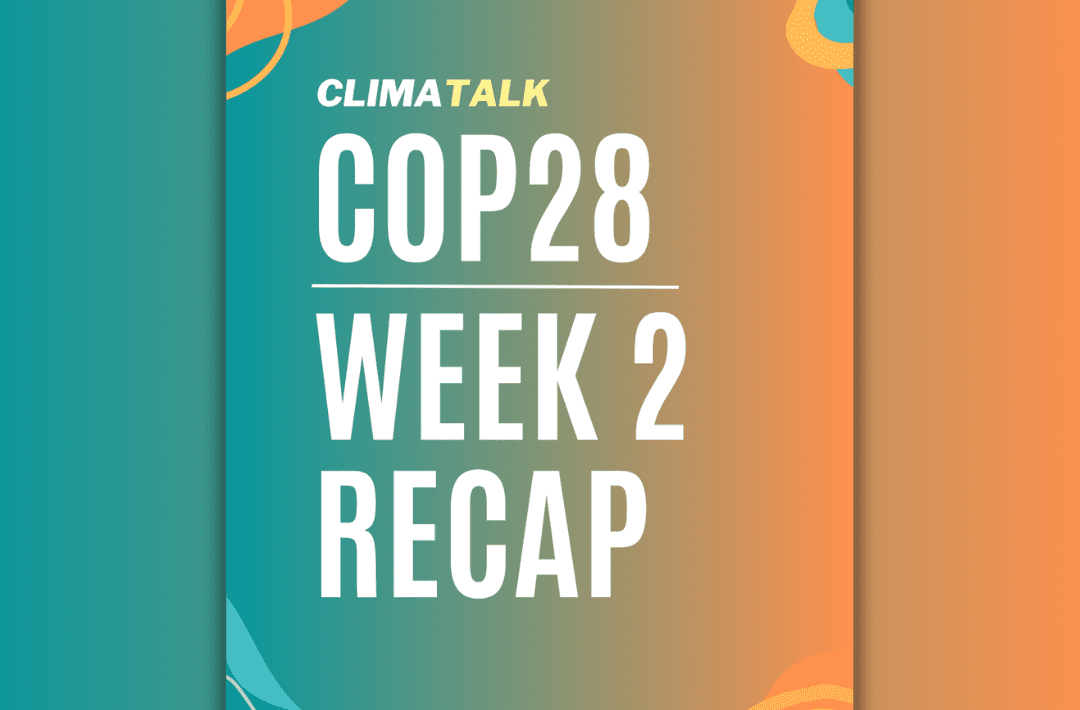
The Carbon Cycle And The Keeling Curve
by Akshay Jamdade
The Carbon Cycle
Carbon – an element with an atomic number of 6, is the fourth most abundant element in the universe and forms the foundation of life on Earth [1,2,3]. Carbon is stored in living beings, atmosphere, soils, oceans and crust. These components are referred to as reservoirs (or carbon pools or stocks) [4,5,6]. Carbon is also dynamic and is in a constant state of movement. The rate of exchange of carbon between reservoirs is known as flux [4,5,6]. Exchange of carbon between these reservoirs (Atmosphere, Terrestrial Biosphere, Oceans, Sediments) through fluxes (photosynthesis, respiration, ocean-atmosphere exchange, etc.) forms the carbon cycle [6]. Carbon transfers between the reservoirs on different timescales from processes like photosynthesis which occur instantaneously, to geological processes (like conversion of decay of living organisms into fossil) which take millions of years [5,6]. If the incoming carbon in a pool is equal to the outgoing carbon, the carbon cycle is said to be in dynamic equilibrium; however, due to human activities like land usage and the burning of fossil fuels, the global carbon cycle is heavily disturbed [6,7]. A disrupted carbon cycle leads to an excess level of carbon in certain reservoirs, which leads to rising temperatures from excess atmospheric carbon and ocean acidification in the oceans from excess CO2, threatening marine life (coral bleaching etc.) [7,8]. As seen from Figure 1, carbon is stored in reservoirs in different forms like in atmosphere (as carbon dioxide), in sediments (carbon stored in limestone and its derivatives), and in ocean surface and deep oceans (as dissolved carbon dioxide or carbonate sediments on seafloor). Through different processes like photosynthesis, weathering and run-off, decay, and respiration, carbon is released and exchanged.
Figure 1: Global Carbon Cycle
Source: (The University of Waikota)
Keeling Curve
The Keeling Curve is a graphical representation of the concentration of carbon dioxide in the atmosphere measured in parts per million (ppm) [10,11]. This longest uninterrupted record of CO2 concentration on Earth is the result of measurements carried out in Mauna Loa Observatory in Hawaii [10]. Charles David Keeling (after whom the Keeling Curve is named) used a gas manometer controlled for temperature, pressure and volume for maximum accuracy, along with data from air bubbles trapped in ice-cores dating back to 800,000 years for the production of the Keeling Curve. [11,12]. As seen from Figure 2, the atmospheric CO2 concentration has increased around 50% from before the Industrial Revolution to present, and has been increasing ever since to what is the highest in the past 800,000 years [10,13]. The increasing concentration of CO2 along with other greenhouse gasses (GHGs) influenced by human activities is accelerating the rate of climate change, leading to ocean acidification and the increased intensity and frequency of extreme events affecting all folds of life on Earth [11,13].
Figure 2: Keeling Curve
Source: (Scripps Institution of Oceanography, UC San Diego)
Top image represents data for the past 10,000 years. Bottom image represents data for past 800,000 years.
Reference List
[1] NOAA. “What is the carbon cycle?” National Ocean Service, 25 August 2022, https://oceanservice.noaa.gov/facts/carbon-cycle.html. Accessed 23 September 2022.[2] Pappas, Stephanie. “Carbon: Facts about an element that is a key ingredient for life on Earth.” Live Science, 12 March 2022, https://www.livescience.com/28698-facts-about-carbon.html. Accessed 23 September 2022.
[3] Riebeek, Holli, and Robert Simmon. “The Carbon Cycle.” NASA Earth Observatory, 16 June 2011, https://earthobservatory.nasa.gov/features/CarbonCycle. Accessed 25 September 2022.
[4]Abell, Sam. “The Carbon Cycle.” National Geographic Society, 19 May 2022, https://education.nationalgeographic.org/resource/carbon-cycle. Accessed 25 September 2022
[5] “DOE Explains…the Carbon Cycle.” Department of Energy, https://www.energy.gov/science/doe-explainsthe-carbon-cycle. Accessed 25 September 2022.
[6] University of New Hampshire. “GLOBAL CARBON CYCLE.” Globe Carbon Cycle, http://globecarboncycle.unh.edu/CarbonCycleBackground.pdf. Accessed 25 September 2022.
[7] Green, Carly, and Kenneth Byrne. “Biomass: Impact on Carbon Cycle and Greenhouse Gas Emissions.” Encyclopedia of Energy, 2004, pp. 223-236, https://doi.org/10.1016/B0-12-176480-X/00418-6. Accessed 25 September 2022.
[8] Simmon, Robert. “The Carbon Cycle.” The Carbon Cycle, 16 June 2011, https://earthobservatory.nasa.gov/features/CarbonCycle/page5.php. Accessed 26 September 2022.
[9] The University of Waikota. “Carbon cycle — Science Learning Hub.” Science Learning Hub, 30 June 2010, https://www.sciencelearn.org.nz/image_maps/3-carbon-cycle. Accessed 25 September 2022.
[10] Scripps Institution of Oceanography, UC San Diego. The Keeling Curve, https://keelingcurve.ucsd.edu/. Accessed 26 September 2022.
[11] National Geographic Society. “The Keeling Curve.” Learn with us, 19 May 2022, https://education.nationalgeographic.org/resource/keeling-curve. Accessed 25 September 2022.
[12] Lindblom, Keith. “The Keeling Curve.” American Chemical Society, 30 April 2015, https://www.acs.org/content/dam/acsorg/education/whatischemistry/landmarks/keeling-curve/2015-keeling-curve-landmark-booklet.pdf. Accessed 25 September 2022
[13] NOAA. “Carbon dioxide now more than 50% higher than pre-industrial levels.” National Oceanic and Atmospheric Administration, 3 June 2022, http://noaa.gov/news-release/carbon-dioxide-now-more-than-50-higher-than-pre-industrial-levels. Accessed 26 September 2022



